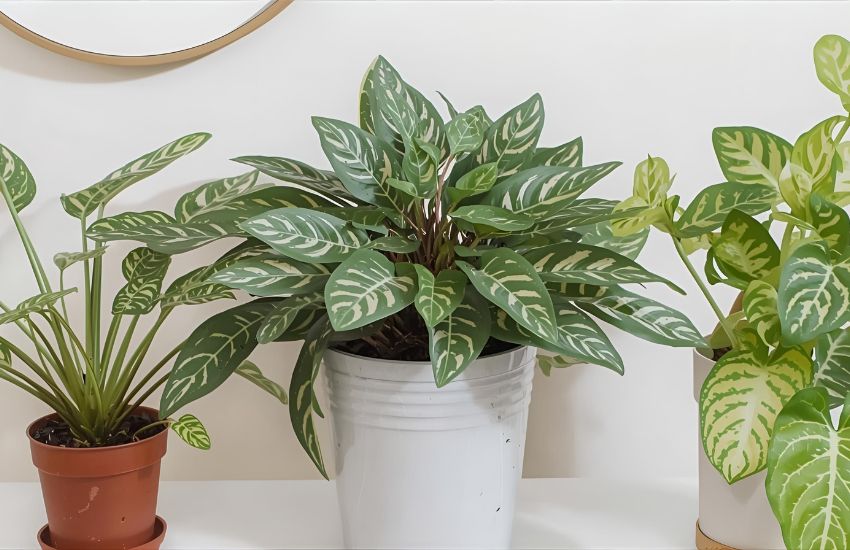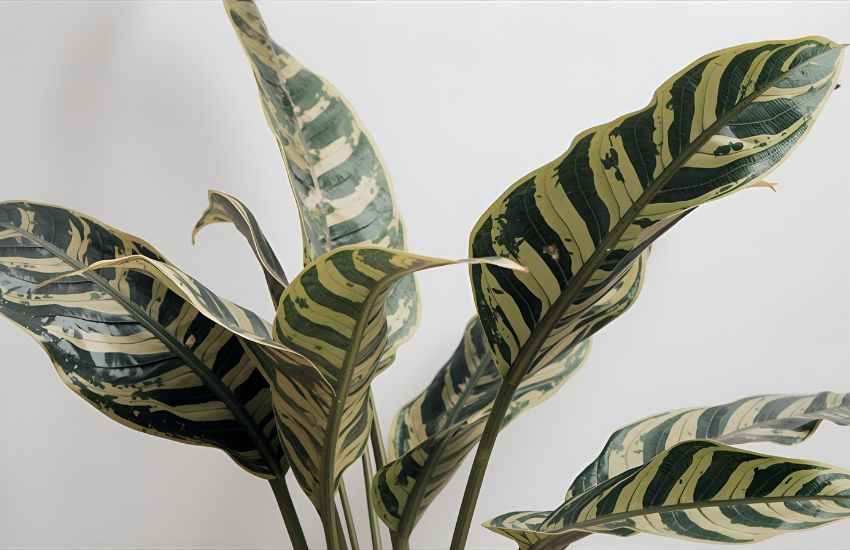Struggling to keep your croton vibrant and thriving indoors? You’re not alone. The croton plant, known for its bold, colorful foliage, demands more than just sunlight and water. This striking indoor tropical plant, Codiaeum variegatum, adds a dramatic flair to your space but it also requires focused attention to lighting, humidity, and seasonal needs to maintain its beauty year-round.
Croton care requires bright, indirect light, consistent watering, and high humidity to thrive indoors. Keep the soil moist but not soggy, and avoid cold drafts. Prune as needed and watch for pests like spider mites. This vibrant tropical plant rewards you with bold, colorful foliage year-round.
You’ll need to balance water carefully, especially since crotons are sensitive to overwatering and dry air. Too little humidity or inconsistent watering can lead to leaf drop or pest issues such as spider mites or mealybug infestations. Understanding when to mist, prune, or even repot your croton is vital to its long-term health. Keeping this evergreen shrub indoors also means adjusting for indirect light, managing sap sensitivity, and encouraging new leaves during the growing season.
In this ultimate guide, you’ll discover expert plant care strategies tailored specifically for your croton. From how to water effectively to preventing pest problems and what to do when temperatures drop, this post covers everything you need to confidently grow your croton plant indoors all year long.
How to Care for Your Croton Plant Indoors Year-Round

Caring for your croton plant indoors throughout the year requires a consistent routine and an understanding of its unique needs. Croton care begins with placing the plant in a spot that offers bright, indirect light, which helps maintain the vivid, colorful leaves that make crotons such an attractive indoor plant. Whether you’re growing a common croton or exploring various croton plant varieties, keeping the environment warm and stable is key. Crotons are native to India and tropical regions, so they thrive best in warm temperatures and high humidity levels.
To care for your croton effectively, water when the top inch of soil feels dry to the touch. Keep the soil moist, but never soggy, as overly wet conditions may lead to root issues and cause the plant to drop leaves. Sudden changes in light, drafts, or improper watering can also contribute to leaf drop, especially the bottom leaves. Maintaining high humidity by misting the leaves or using a humidifier will help reduce stress and keep the plant healthy.
As part of your care guide, you should wipe the leaves occasionally to remove dust and improve light absorption. Watch out for plant pests, especially during dry indoor months mealybugs and other common pests can harm your croton. With the right care, even the most common croton will reward you with vibrant, bright green leaves and long-lasting beauty. If you’re just starting with a new croton, choose a small pot with good drainage and monitor growth carefully.
This care for your croton is not only essential but also rewarding, making it a standout choice among indoor plants. This croton care guide is designed to support you in creating a healthy indoor environment and ensure that your croton remains lush and colorful year-round.
Common Croton Plant Pests and Watering Tips You Should Know

Croton is a striking plant, often grown as a houseplant or in outdoor landscapes for its bold, vibrant foliage. Native to Southeast Asia, this plant is appreciated for its ability to serve as bold focal points in gardens and a lively feature indoors. Whether grown indoors or brought indoors after thriving in an outdoor garden, crotons require attentive care especially when it comes to watering and pest control.
Watch Out for Common Pests
To maintain your croton’s health, you should regularly inspect the plant for pests such as mealybugs, spider mites, and scale insects. These common pests often hide on the undersides of leaves or in crevices along the stems. They can cause visible damage like curled leaves, yellowing, and leaf drop if left untreated. To prevent infestations, clean the leaves regularly and isolate any new plants before introducing them to your indoor space. Watch out for common pests during periods of low humidity, as dry air makes the plant more vulnerable.
Watering Tips to Keep Your Croton Thriving
Proper watering is crucial to croton care. These plants prefer consistently moist soil, but overwatering can be just as harmful as underwatering. To strike the right balance, water your croton when the top inch of soil feels dry to the touch. Always ensure the pot has good drainage, and never allow the roots to sit in water. Keep the soil moist, not soggy, to avoid root rot.
Also, pay attention to the environment around your croton. Since they are native to warm, tropical climates, crotons thrive best in moderate to high humidity. Try to protect them from drafts, especially during colder months, as sudden temperature shifts can cause stress. If your croton was grown outdoors and brought indoors for the winter, it may need time to adjust to lower light and humidity levels.
Conclusion
Mastering croton care is the key to enjoying the vivid, colorful foliage this vibrant indoor plant is known for. With the right care guide, you can confidently provide your croton with the consistent light, balanced watering, and high humidity it needs to thrive indoors. Regularly checking for pests and protecting your plant from drafts are just as essential as learning when to water or wipe the leaves. Whether you’re tending to a common variety or exploring different croton plant care routines, your efforts will be rewarded with lush, bold foliage year-round.
This complete care guide is more than just a routine it’s a long-term strategy for keeping your croton healthy and striking in any season. If you’re ready to level up your care for a croton or want to expand your knowledge about indoor plant care, now is the perfect time to dive deeper.
Explore our expert tips for growing, caring for crotons, and even propagating a croton plant. Start your journey with this ultimate guide to croton and transform your home into a vibrant, plant-filled space.
Frequently Asked Questions (Grow-How Tips Croton Care: Your Ultimate Indoor Plant Care Guide)
How much light does a Croton need indoors?
Crotons thrive in bright, indirect light to maintain their vibrant leaf colors. While they can tolerate some direct sunlight, too much harsh sun may scorch the leaves. If kept in low light, their colors may fade, and growth can slow down.
How often should I water my Croton?
Water your Croton when the top 1–2 inches of soil feels dry. Keep the soil consistently moist but never soggy. Overwatering can cause root rot, while underwatering may lead to leaf drop. Always use a pot with drainage holes.
Why are my Croton’s leaves dropping?
Leaf drop is often due to sudden environmental changes, such as moving the plant, drafts, or inconsistent watering. Crotons are sensitive to stress, but with stable care proper light, humidity, and watering they usually bounce back and produce new growth.
Do Crotons like humidity?
Yes, Crotons love high humidity. Dry indoor air can cause leaf edges to brown or curl. Mist the plant regularly, place it near a humidifier, or set the pot on a pebble tray with water to maintain adequate humidity levels.
